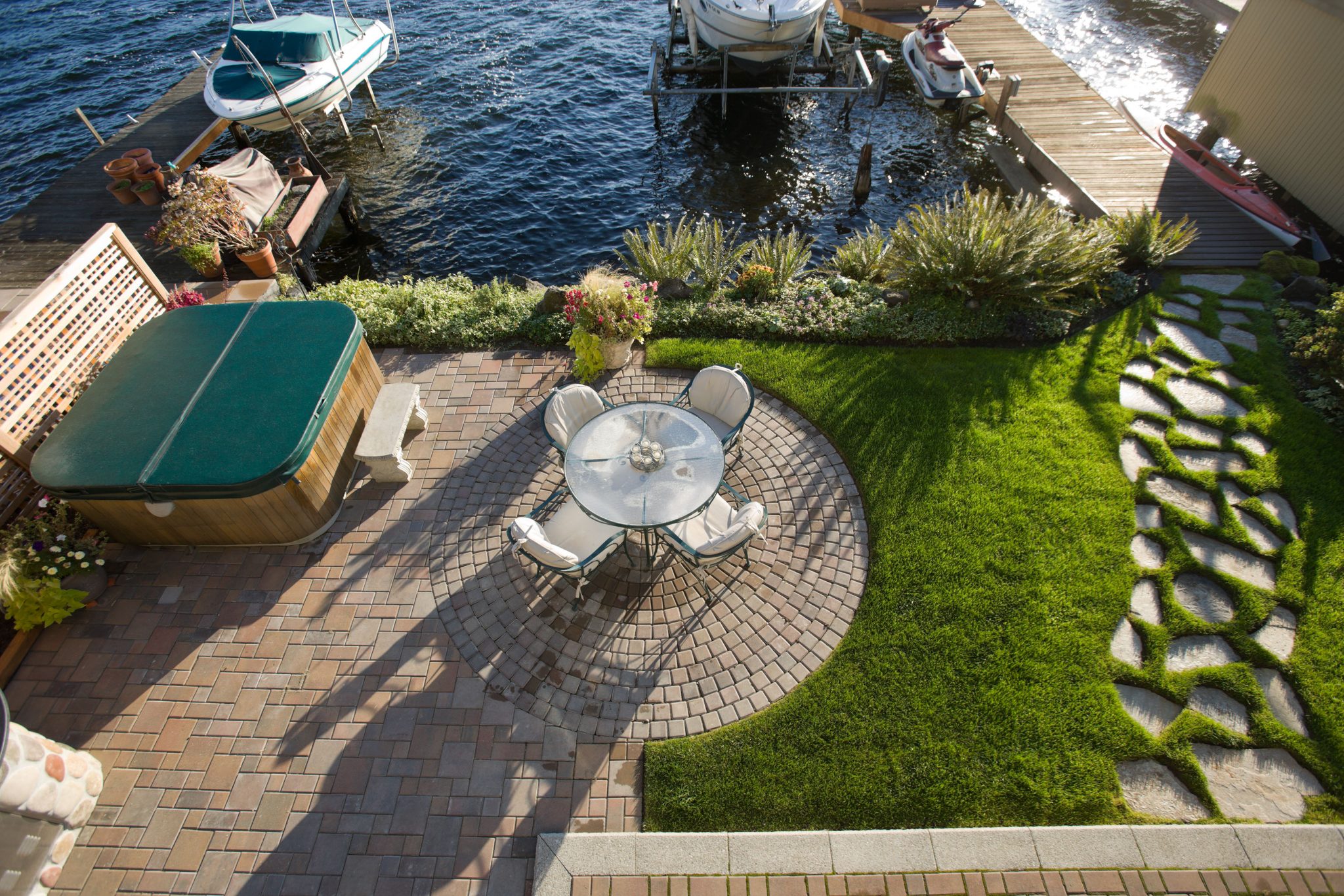
How to Plan for Future Landscape Projects
In permaculture, a popular school of horticulture, designers are encouraged to observe and live with an outdoor space for at least one full year before making any long-term landscaping decisions. While you may not want to have to wait an entire year to start making changes to your outdoor living spaces, taking the time to carefully plan your project can be the difference between a slapdash tangle of branches and a glorious, inviting garden that your neighbors will all want to visit.
If you are hoping to start a landscaping project this upcoming spring or anytime next year, you should start planning it now!
While you may not enjoy the landscaping (or lack thereof) on your property, carefully looking at what is growing (or not growing) in different areas of the yard is a great way to see what your options are for future landscaping. If an area is chock-full of pioneer plants, such as dandelions and milkweed, chances are there’s enough sun for your choice of flowering annuals or perennials.
If very little other than moss is thriving in a shady area, you may need to explore low-light or shade-tolerant plants for the area. Also, check for trees, like evergreens and black walnuts, that acidify the soil. They will limit what you can grow in their immediate area.
Check into Local Climate and Your Personal Microclimates
It’s simple enough to pull up a copy of the USDA Zone Hardiness map and see, approximately, what plants will thrive in your region. However, climate isn’t really that simple. Everything from the direction of the slope of your ground to the elevation of your property and the presence of large trees, buildings, or bodies of water can affect the climate on your property.
Are certain areas prone to having snow cover later in the season than other areas? Do certain areas tend to get more wind than others? Knowing what areas are colder and warmer will allow for better placement of tender and hardy plants.
Figure out a Realistic Budget
Planning out a full landscaping overhaul in a single year can be an expensive prospect. However, whatever your working budget, you can make something beautiful happen within your means. Online forums, such as social media gardening groups, Freecycle, and Craigslist, can connect you with people who are splitting, removing, or otherwise digging up and giving away bushes, bulbs, even trees. Carefully planning your budget can let you splurge on your favorite features while still filling in other spaces with more budget-friendly options.
Plan Something That is Uniquely Yours
Don’t just go with whatever your neighbors are growing. Plant colors, shapes, and scents that are pleasing to you personally. Try to incorporate a little of your personality into the landscaping, while still trying to play off existing colors (such as the color of your home) and available spaces to maximize the visual and olfactory impact of your garden. Make sure to include your favorite trees and flowers, provided they’re able to survive in your local climate.
Integrate Pest Control into Your Plan
Whether you’re dealing with a local infestation of Japanese beetles, fire blight, or just rabbits and deer, knowing what might attack your landscaping ahead of time can help. From fencing to keep out larger animals to bordering delicate, animal-attracting plants with less attractive plants, such as garlic or daffodils, there are a lot of ways to integrate pest control into your landscaping naturally. This will reduce the amount of pesticides and frustration you have to deal with in the future while maintaining your garden.
Careful planning can also cut down on watering, weeding, and other future landscaping maintenance.
Do You Need a Permit or a Code Variance?
Depending on where you live, there may be city or community rules regarding what you are allowed to grow and where it can be planted. Will you need a special permit to put fruiting plants near sidewalks? Are vegetables allowed in front yards in your neighborhood? It’s best to check into this as soon as possible, and handle the applications and requests well before you break ground on your landscaping project.
Be Realistic About Your Timeframe
Some plants, especially those that grow from treated roots or bulbs, grow much better when planted late in fall. The winter cold helps harden them off and leads to a quick and easy establishment of the plants in the upcoming spring. For other plants, they may need a growing season to establish the sugar reserves and roots needed to help them survive the cold of the winter season. Chances are, you won’t be able to plant everything at once.
Do your research, and plan to plant certain items at the right time, even if you’ll be planting on and off for a year or more. The end result, with the loss of fewer plants to transplant shock, will be worth it.



